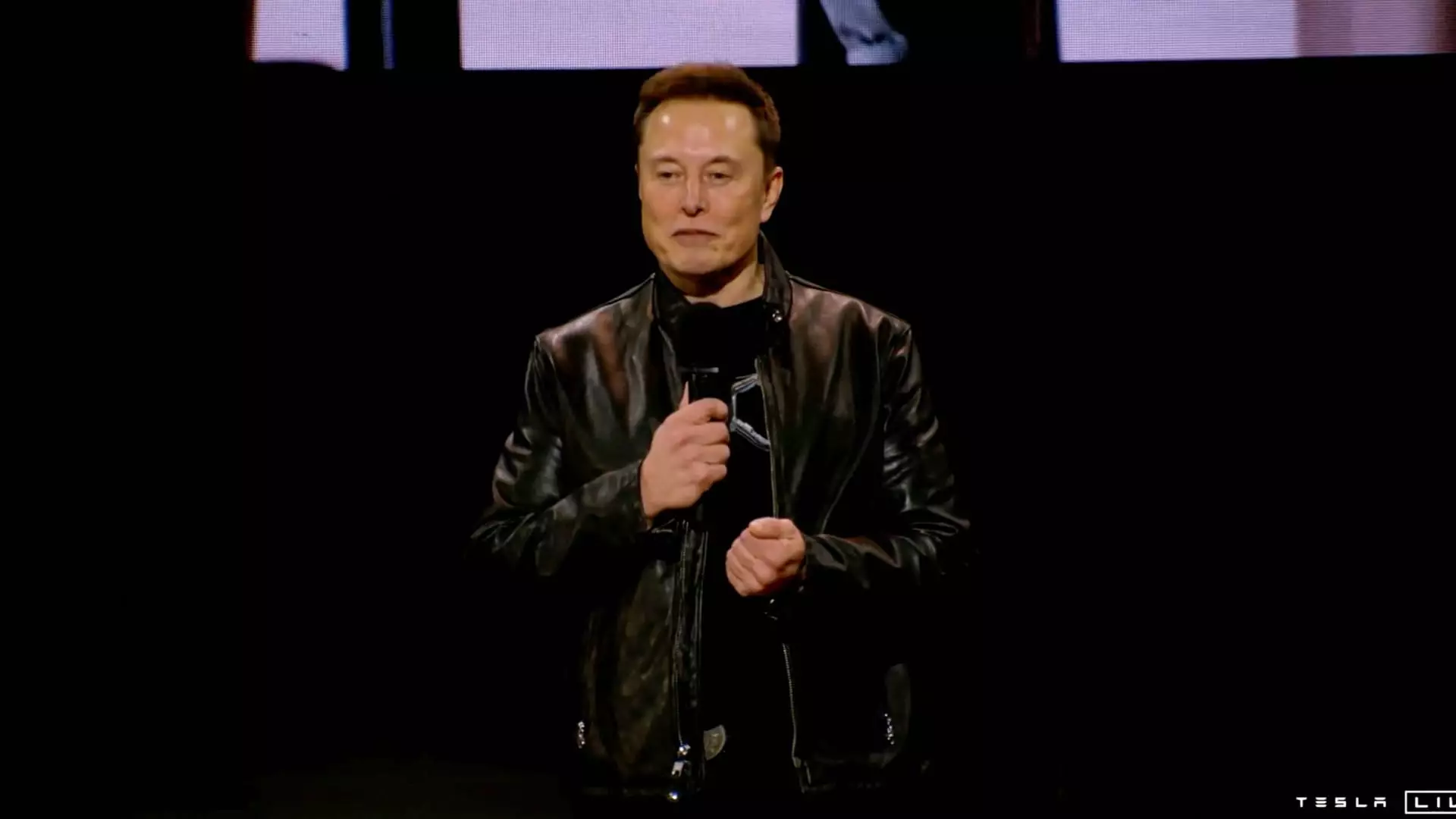The ongoing debate surrounding automotive autonomy has taken a significant turn with allegations that Tesla, a leader in electric vehicle technology, has misrepresented the capabilities of its Full Self-Driving (FSD) system. The National Highway Traffic Safety Administration (NHTSA) raised red flags after noting that Tesla’s social media presence may contribute to unsafe driving behaviors among users. This revelation has sparked a critical dialogue about the responsibility of automakers in accurately portraying their products’ capabilities, and the potential ramifications when those representations lead to the risk of impaired driver engagement.
In a recent communication to Tesla’s board, Gregory Magno, head of the NHTSA, underscored the inherent dangers in how Tesla presents its FSD features on platforms like X (formerly Twitter). By showcasing casual use of the system—such as a driver allegedly utilizing FSD while handling a medical emergency—Tesla may inadvertently encourage users to relinquish necessary control over their vehicle. This contradiction stands in stark contrast to the company’s stated policy requiring drivers to remain alert and in command. Such messaging is not merely a marketing strategy; it can lead to dire consequences, including increased accidents and potential legal implications.
The NHTSA’s inquiry is emblematic of growing scrutiny towards Tesla, which now faces a deadline to respond to the agency’s inquiries by December 18. Failure to comply could lead to severe penalties amounting to over $135 million. This investigation is particularly critical in light of troubling incidents where drivers were involved in collisions while using the FSD system, raising fundamental questions about the technology’s readiness for public use. The gravity of these situations amplifies the need for Tesla to reassess its communication strategies regarding driver autonomy and safety.
Public Perception and Market Implications
Elon Musk’s leadership and Tesla’s innovative image have positively influenced the company’s financial performance, reflected by dominant market trends and a substantial market capitalization exceeding $1 trillion shortly after the recent election. However, public perceptions are susceptible to shifts, particularly when ethical implications of corporate messaging come into question. Tesla’s financial success must not come at the expense of consumer safety or regulatory standards.
The NHTSA’s request for Tesla to ensure that its online representations align with the actual capabilities of its FSD technology is not merely procedural; it is a clarion call for, and expectation of, corporate integrity. As the automotive industry progresses towards greater autonomy, it is paramount for manufacturers to navigate this landscape with transparency and caution. The lessons learned from Tesla’s current predicament could serve as vital guidelines for other companies venturing into the expansive realm of autonomous driving technologies. In an era where consumer trust is paramount, Tesla must address these challenges not just to comply with regulations but to uphold public safety above all else.

